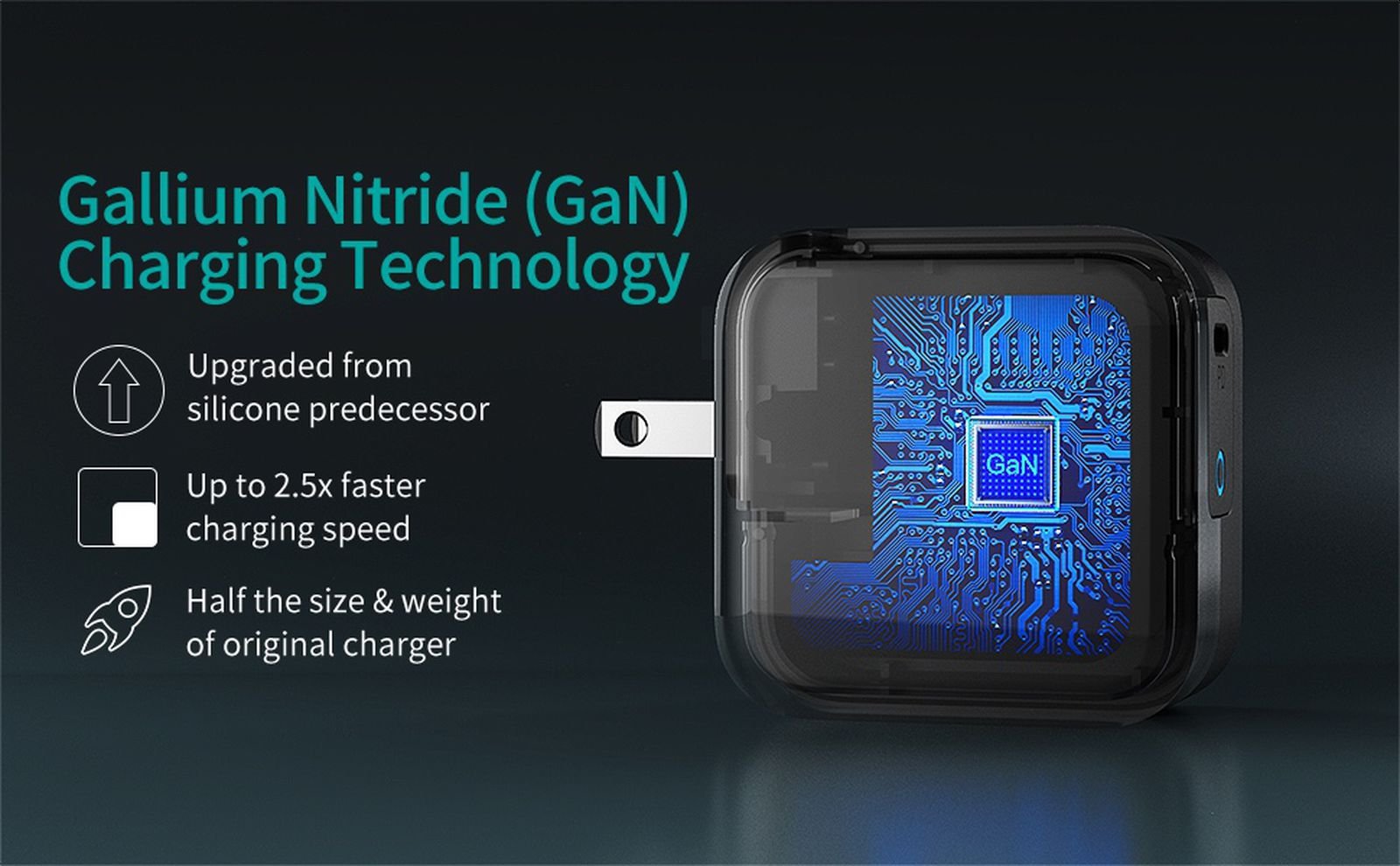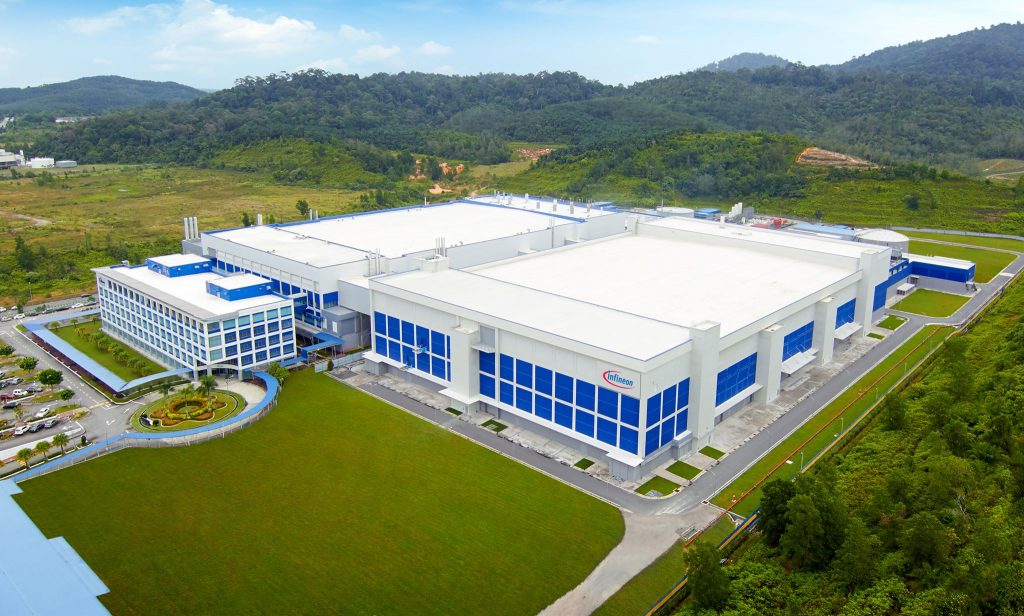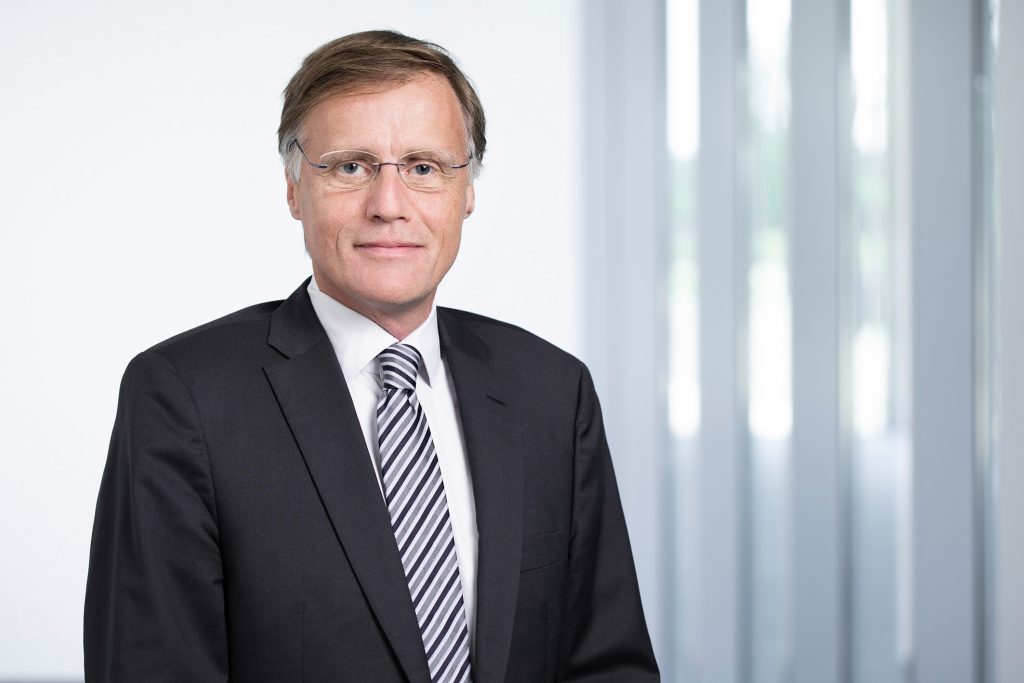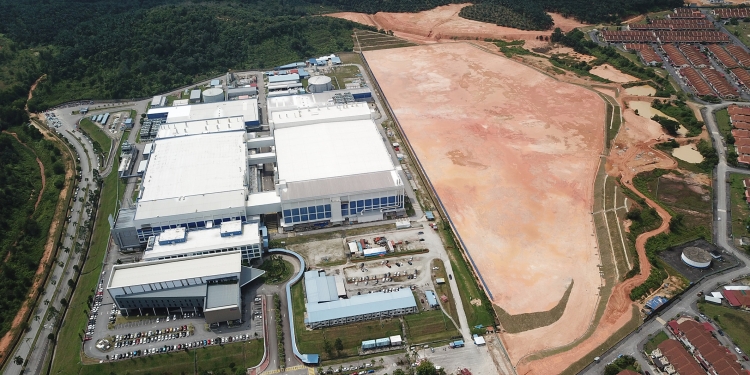German semiconductor manufacturer Infineon Technologies will be building a third manufacturing line, or module, at its Kulim plant in Kedah, Malaysia. More than EUR2 billion (RM9.4 billion) will be channelled into the construction of this third module which will be responsible for boosting the production of wide bandgap semiconductors based on silicon carbide (SiC) and gallium nitride (GaN). If the term GaN sounds familiar, that’s because it’s in your compact, high powered USB-C chargers.

With this high-profile investment, Malaysia is on track to become one of the most valuable power semiconductor hubs in the region. Construction on the third module will begin sometime in June and is planned to be filled with equipment by summer (June – September) 2024. A new plant means new job vacancies, so Infineon estimates there will be 900 high-value jobs for deserving Malaysians.
The Minister of International Trade and Industry (MITI), Dato’ Seri Mohamed Azmin Ali remarked, “Malaysia is one of Infineon’s main regional hubs and this further investment truly attests to our conducive ecosystem and the capability of our local talent to support long-term growth”.

According to a study done by Yole Developpement’s Compound Semiconductor Quarterly Market Monitor, the GaN market is predicted to increase exponentially from USD47 million (RM196 million) in 2020 to USD801 million (RM3.35 billion) in 2025. In the mobile device market, GaN chargers are rising in popularity among manufacturers as they can extract a high wattage output from a compact form factor. This is because GaN semiconductors have 1000 times the electron-conducting efficiency compared to silicon (Si) semiconductors.
On the other hand, SiC-based semiconductors are also starting to replace Si based solutions for high powered equipments, thanks to better performance in terms of efficiency, size and cost. Examples of their application are in industrial power supply, photovoltaic, transportation, drives, automotive and electric vehicle (EV) charging. As a result, Infineon is targeting SiC-based semiconductor to rake in USD1 billion (RM4.2 billion) annually by 2025. Coupled with GaN-based semiconductor, Infineon will generate an additional EUR2 billion (RM9.4 billion) in revenue annually.
Infineon highlighted in the press release that the current plant in Kulim is already optimised to manufacture 200-millimetre wafers, which perfectly complements the 300-millimetre manufacturing in Villach, Austria, and Dresden, Germany. With the increased output from the third module in Kulim, Infineon will reinforce itself as a market leader in power semiconductors.
Infineon COO, Jochen Hanebeck said, “The expansion of our SiC and GaN capacity is readying Infineon for the acceleration of wide bandgap markets. We are creating a winning combination of our development competence centre in Villach and cost-effective production in Kulim for wide bandgap power semiconductors.”

Infineon is also committed to producing semiconductors in a sustainable manner. “Innovative technologies and the use of green electrical energy are key in reducing carbon emissions. Renewable energies and electro-mobility are major drivers for a strong and sustainable rise in power semiconductor demand,” said Hanebeck.








